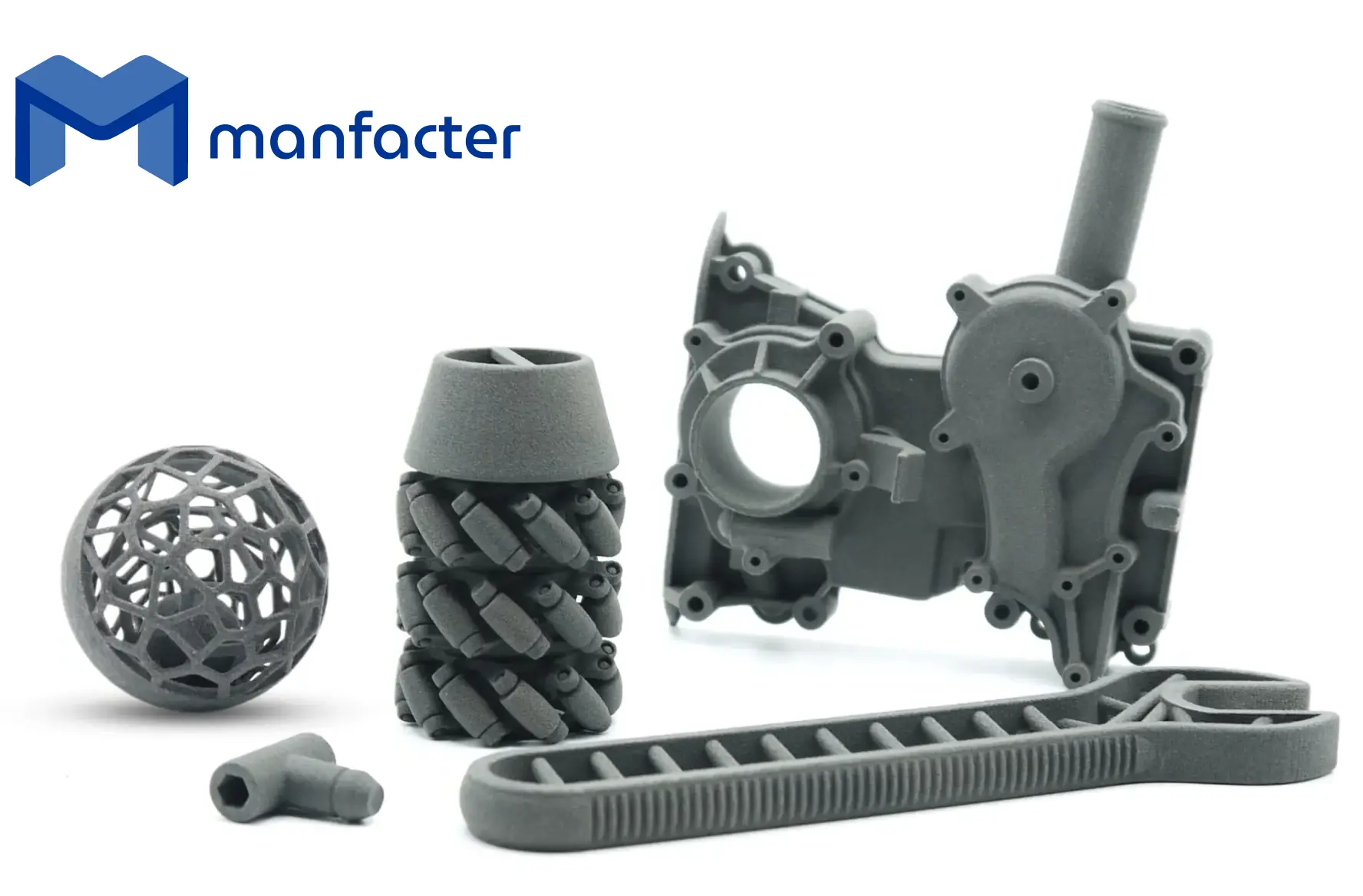TECHNICAL DATA SHEET
ABS 3D Printing
ABS material properties for 3D printing
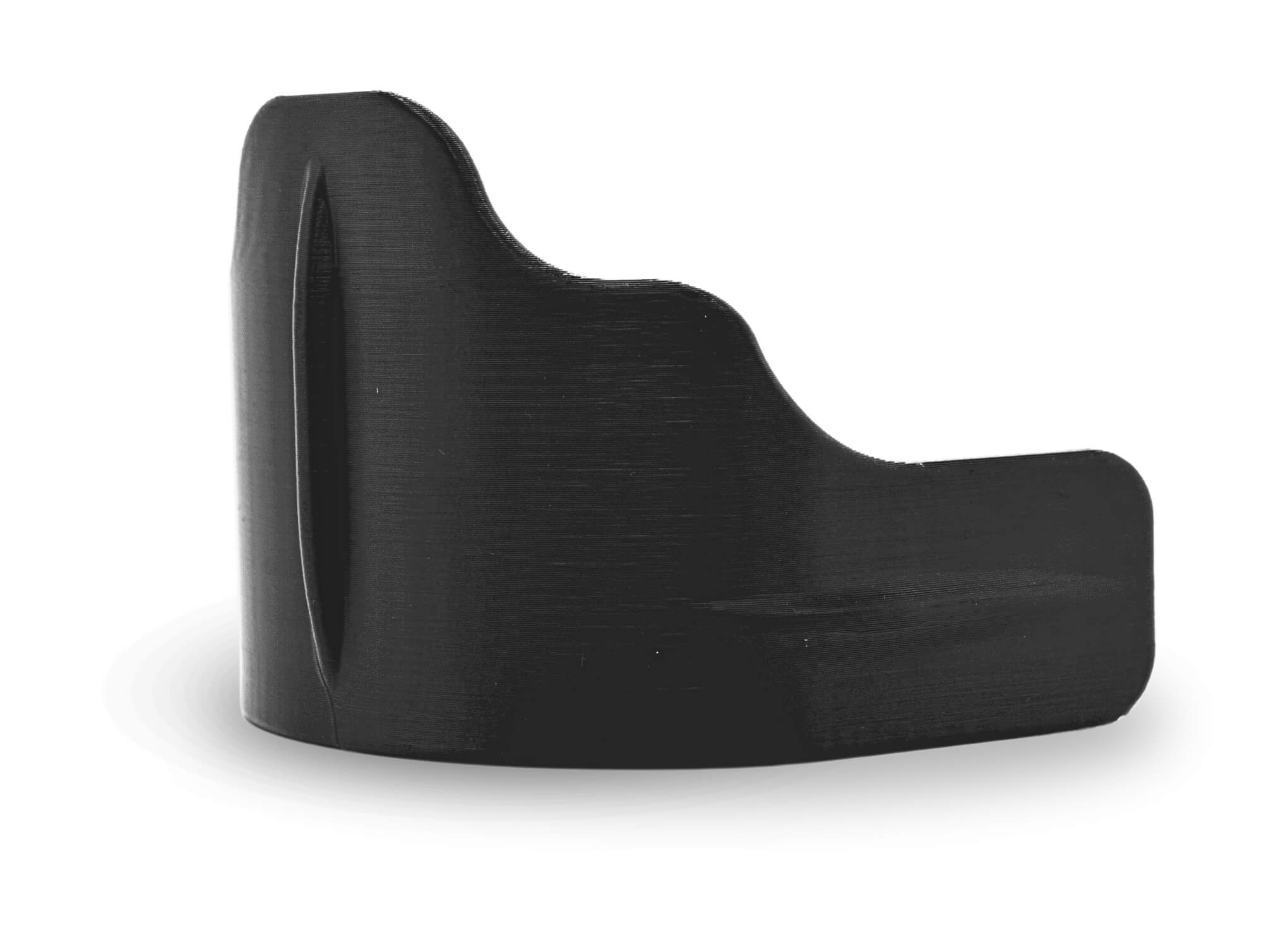
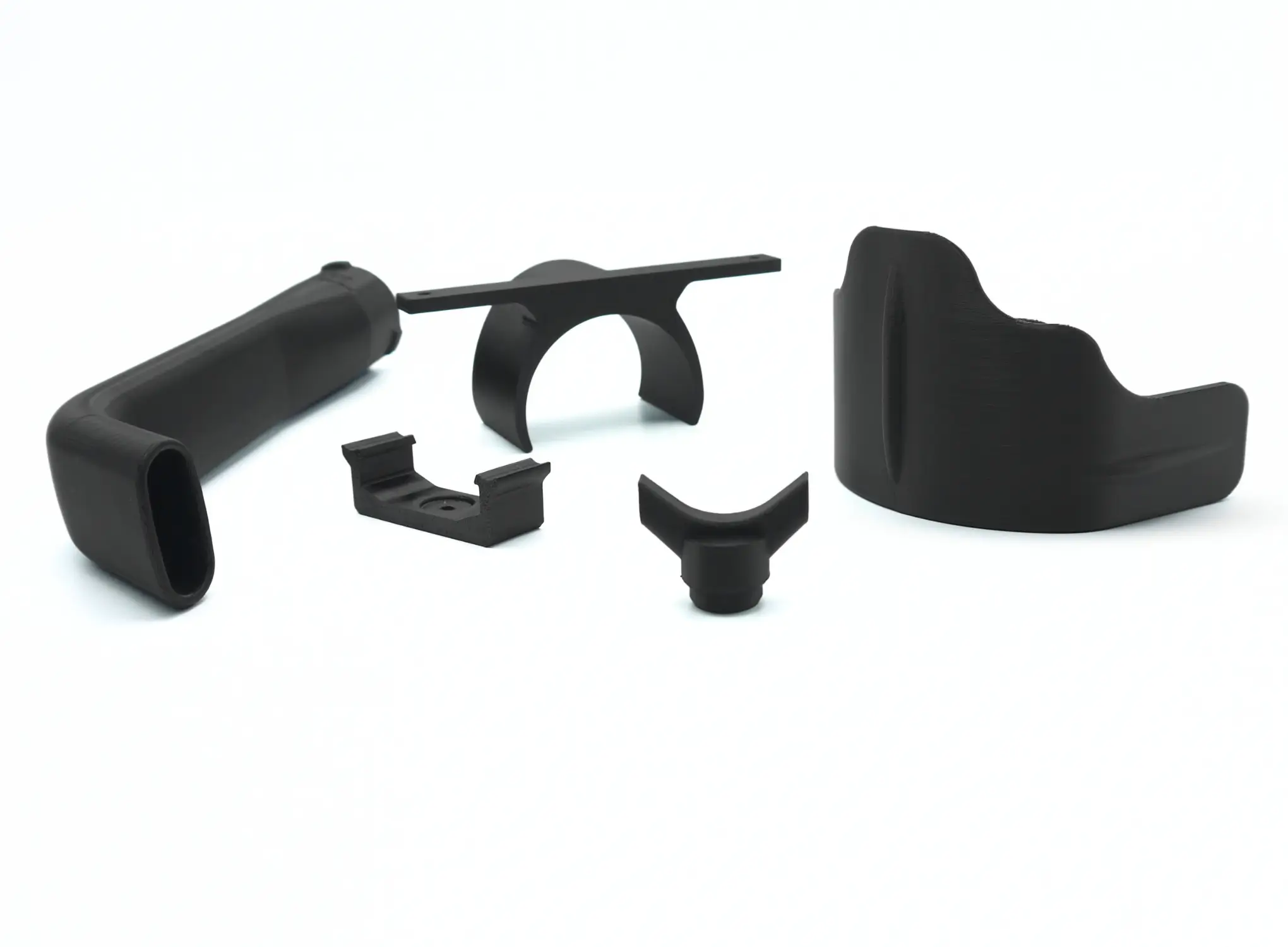
What is ABS 3D Printing?
ABS, also known as ABS plastic, is Acrylonitrile Butadiene Styrene. Thanks to the properties of each of its components, it is widely used to manufacture high-volume products and electronic devices. Its composition is approximately 50% Styrene, with the remaining 50% divided between Butadiene and Acrylonitrile.
The combination of these compounds makes ABS a versatile material for product development. It can be extruded, injection-molded, laminated, and pressed. ABS does not ignite when exposed to heat; instead, it melts and transitions into a liquid state, returning to solid form once cooled. It is also commonly available in sheets or rods.
Technical Properties of ABS for 3D Printing
PARAMETER
VALUE
Tensile Strength
32 – 45 MPa
Tensile Modulus
1618 – 2030 MPa
Elongation at Break
4.8 – 20%
Flexural Strength
60 – 76 MPa
Flexural Modulus
1800 – 2070 MPa
Heat Deflection Temperature (HDT) at 0.45 MPa
95 – 105 °C
Heat Deflection Temperature (HDT) at 1.8 MPa
80 – 95°C

Start your ABS Project
Request an instant quote and get your parts delivered in record time.
Design Specifications for ABS 3D Printing
PARAMETER
VALUE
Manufacturing Technology
FDM
Layer Height
0.2 mm
Default Infill
20%
Accuracy
±0.3% (with a lower limit of ±0.2 mm)
Minimum Details
1.0 mm
Minimum Wall Thickness
1.0 mm
Warping Risk
Parts larger than 140 mm and thin, elongated structures
Interconnected or moving parts
Allowed
Embossed Detail
2.5 mm
Engraved Detail
1.0 mm
Maximum Dimensions
360 mm X 360 mm X 360 mm
* The values shown on this page are indicative and non-binding. They reflect the properties of the material without additional heat treatment. Values may vary depending on the manufacturer. For more information, please contact us.
MANUFACTURING SERVICES
Discover Our Technologies
At Manfacter, we offer professional-quality 3D printing solutions to bring your ideas to life. From rapid prototyping to end-use parts production, we guarantee high-quality, fast, and cost-effective results. We use industry-leading technologies such as SLS, FDM, SLA, and MJF, allowing us to adapt to the needs of any sector.

It offers speed and the ability to produce complex geometries without support structures.
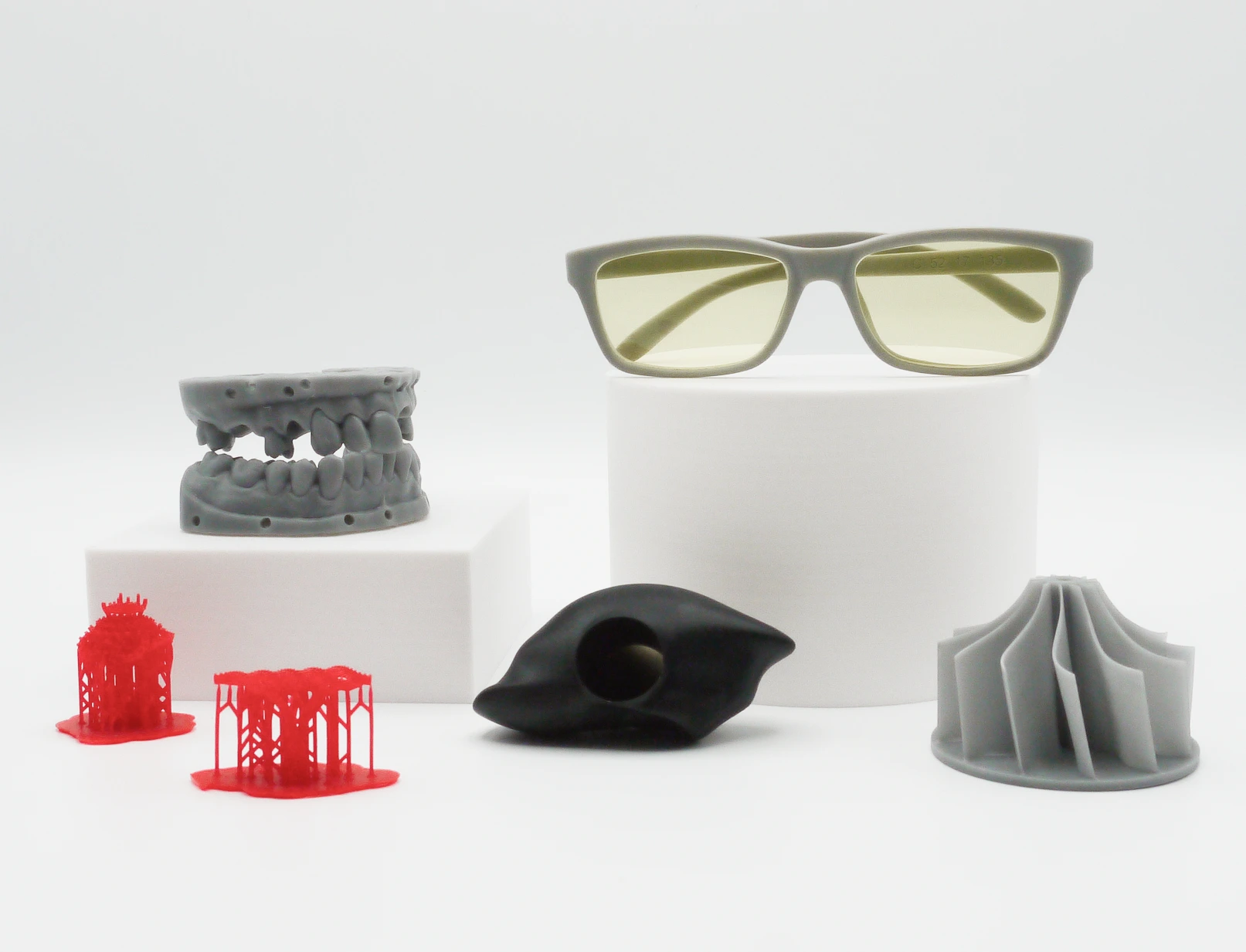
It offers the highest resolution level and accuracy among all additive manufacturing technologies.
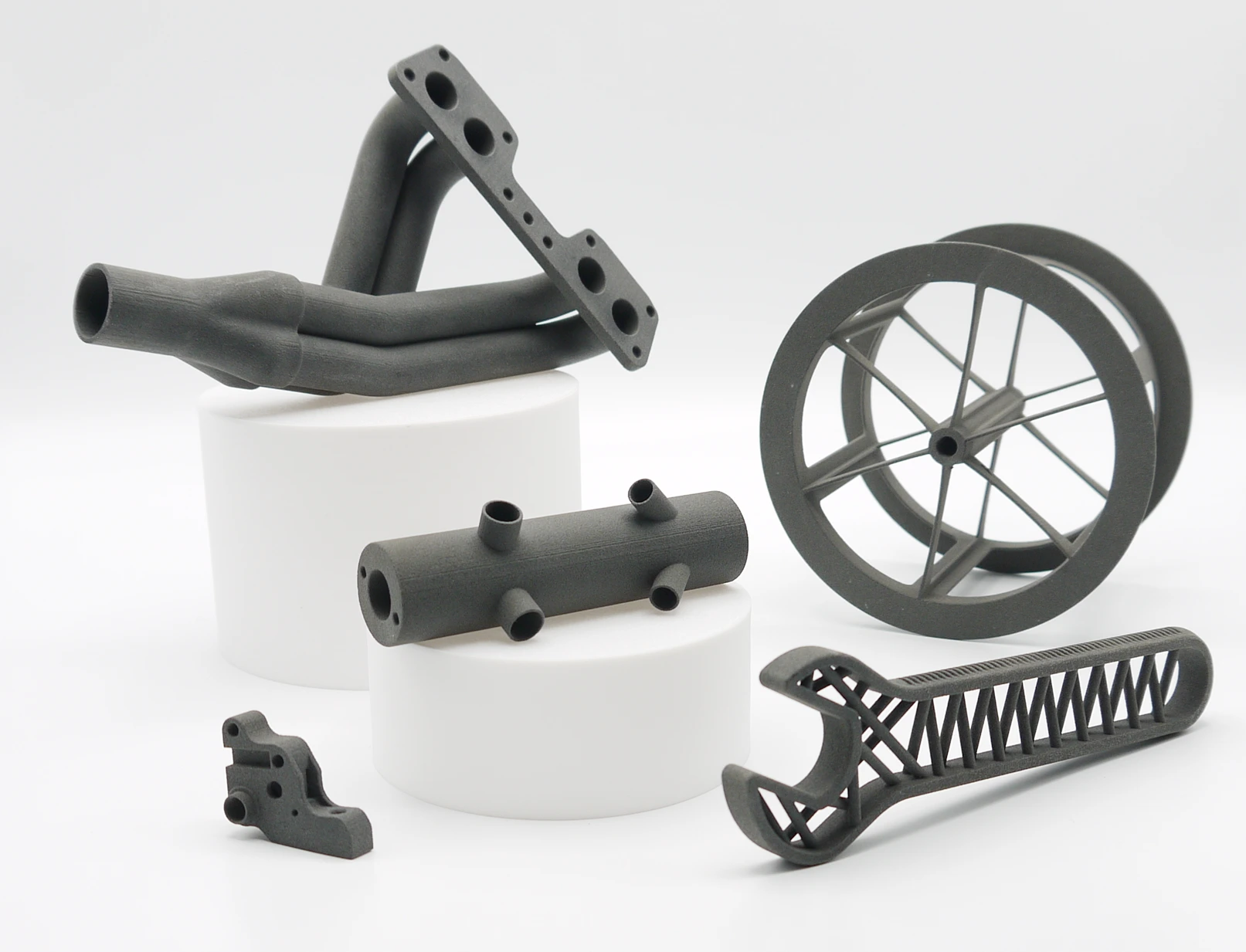
Ideal for engineering thanks to its ability to produce complex geometries.
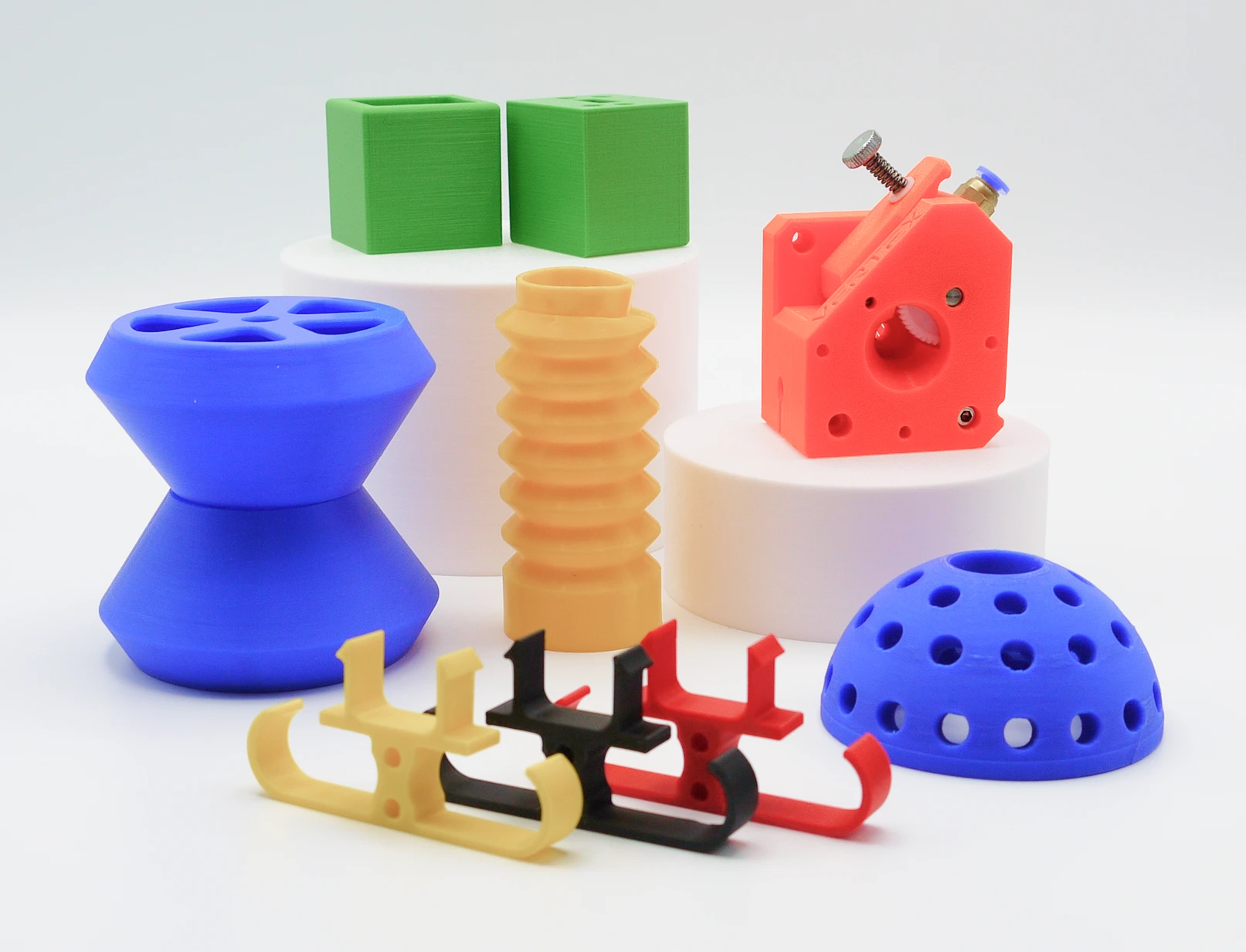
It offers a wide variety of materials and the capability to produce large parts.

It offers speed and the ability to produce complex geometries without support structures.

It offers the highest resolution level and accuracy among all additive manufacturing technologies.

Ideal for engineering thanks to its ability to produce complex geometries.

It offers a wide variety of materials and the capability to produce large parts.

